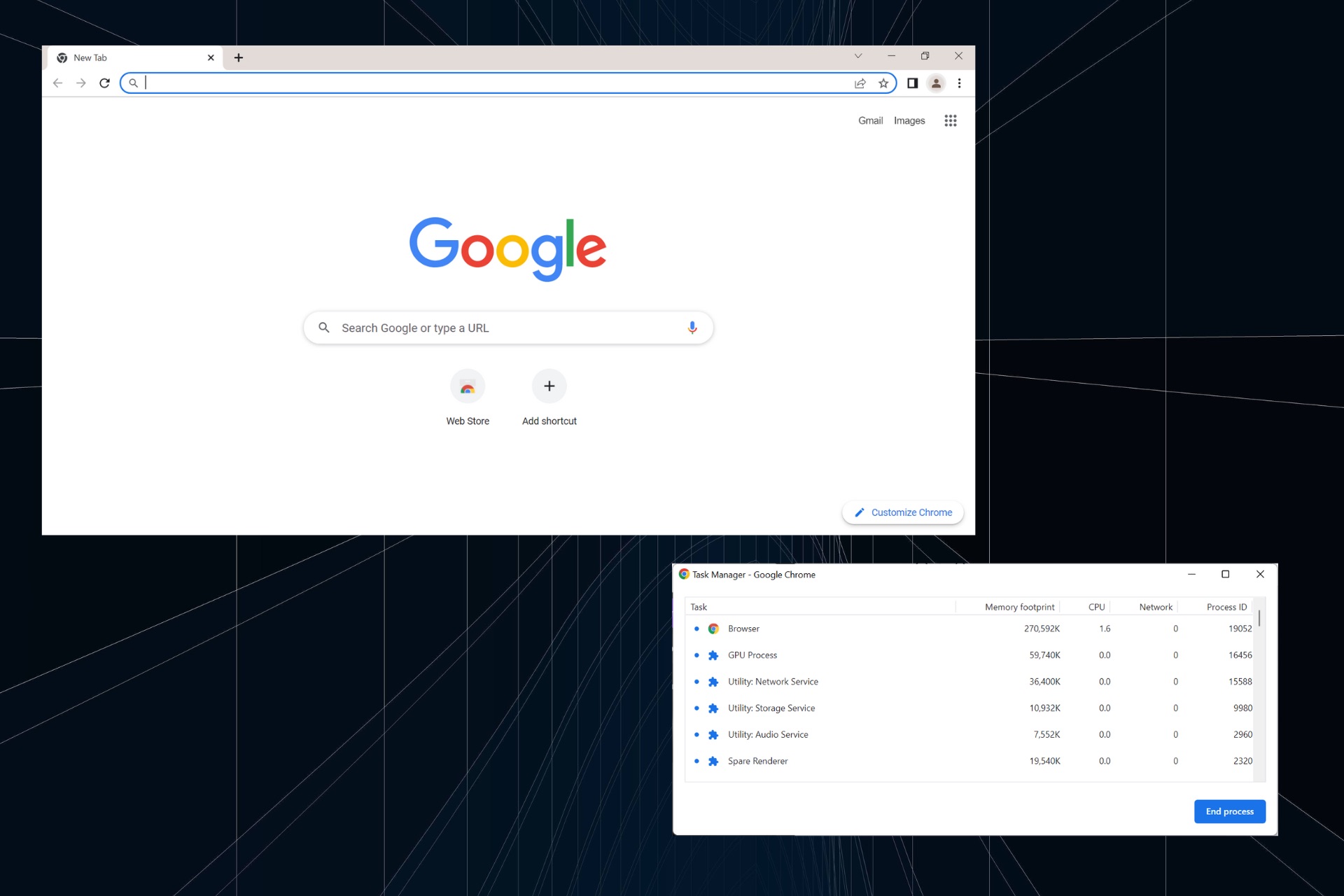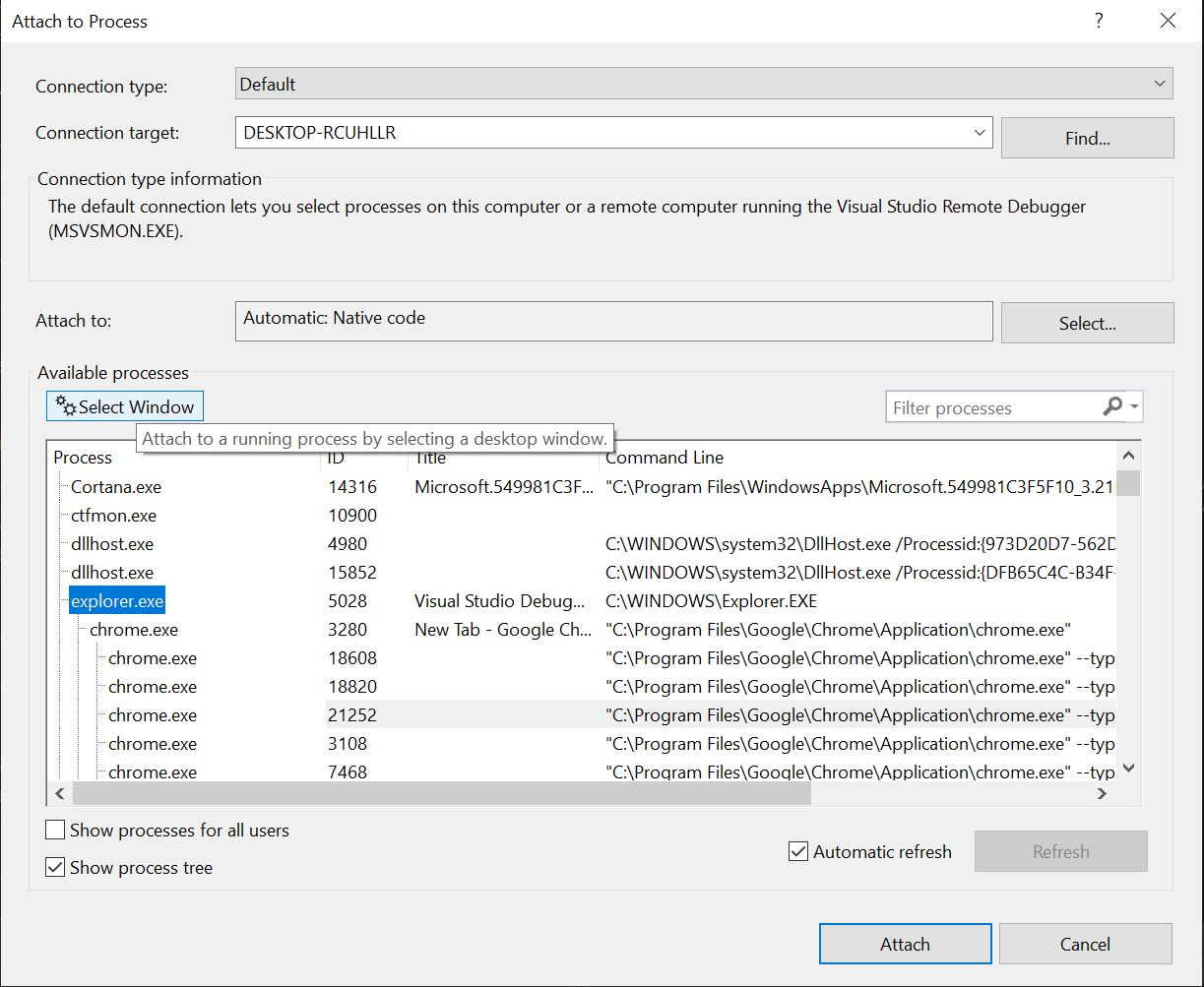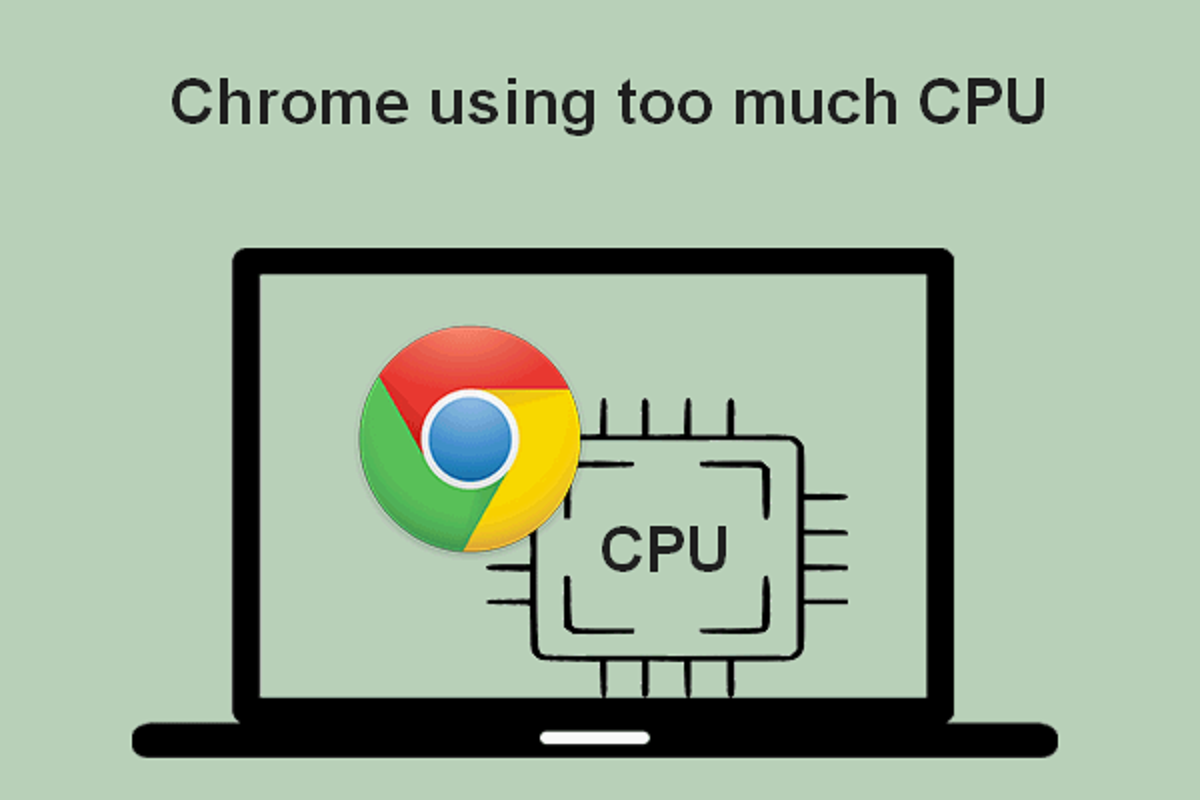Introduction
When you open Google Chrome and take a peek at your computer's task manager, you might be surprised to see a multitude of processes running under the Chrome umbrella. It's not uncommon to spot several instances of "chrome.exe" listed, each consuming its fair share of memory and CPU resources. This sight can be perplexing, prompting the question: Why does Chrome run multiple processes?
The answer lies in Chrome's innovative design, which sets it apart from traditional web browsers. Unlike its counterparts, Chrome operates using a multi-process architecture, a feature that offers several advantages in terms of resource management, security, and stability. Understanding the rationale behind Chrome's multi-process approach can shed light on the browser's efficiency and reliability, ultimately enhancing the user experience.
In the subsequent sections, we will delve into the intricacies of Chrome's multi-process architecture, exploring the reasons behind its implementation and the benefits it brings to the table. By unraveling the inner workings of Chrome's multi-process model, we can gain a deeper appreciation for the browser's performance and functionality.
Resource Management
Google Chrome's utilization of multiple processes is primarily geared towards efficient resource management. Unlike traditional browsers, which operate within a single process, Chrome's multi-process architecture segregates different tasks and tabs into distinct processes. This segregation allows Chrome to distribute the workload across multiple processes, preventing a single tab or task from monopolizing system resources and causing the entire browser to crash.
Enhanced Performance
By running each tab, extension, and plugin as a separate process, Chrome can isolate any performance issues to the specific task or tab, thereby preventing the entire browser from slowing down or becoming unresponsive. This approach also facilitates parallel processing, enabling Chrome to harness the full potential of multi-core processors for improved performance.
Isolation of Faulty Tabs
In the event of a tab or plugin encountering an issue, Chrome's multi-process architecture ensures that the problem is contained within the respective process, preventing it from affecting other tabs or the overall browser stability. This isolation minimizes the impact of crashes or malfunctions, allowing users to continue browsing without disruption.
Efficient Memory Management
Chrome's multi-process model also contributes to efficient memory management. While each process incurs a certain overhead, the isolation of tasks and tabs prevents memory leaks or excessive memory consumption from affecting the entire browser. If a tab or process becomes unresponsive, Chrome can terminate the specific process without compromising the stability of the entire browser, thereby preserving system resources and preventing widespread performance degradation.
Flexibility and Scalability
Furthermore, Chrome's multi-process architecture offers flexibility and scalability, allowing the browser to adapt to varying workloads and user activities. As new tabs or tasks are initiated, Chrome can allocate resources to individual processes dynamically, ensuring that the browser remains responsive and capable of handling diverse browsing scenarios.
In essence, Chrome's multi-process architecture serves as a cornerstone for efficient resource management, empowering the browser to deliver enhanced performance, robust stability, and optimal memory utilization. By distributing tasks and tabs across multiple processes, Chrome mitigates the risk of system-wide crashes, enhances responsiveness, and optimizes resource allocation, ultimately elevating the browsing experience for users.
Security
Chrome's multi-process architecture plays a pivotal role in fortifying the browser's security posture, shielding users from a myriad of online threats and vulnerabilities. The segregation of tasks and tabs into distinct processes serves as a robust defense mechanism, bolstering Chrome's resilience against malicious attacks and unauthorized access.
Process Isolation
By running each tab, extension, and plugin as a separate process, Chrome establishes a strict boundary between different components of web content. This isolation impedes the propagation of security breaches, as any compromise within a specific process is contained, preventing it from spreading to other parts of the browser. Consequently, if a malicious website attempts to exploit a vulnerability, the impact is confined to the respective process, safeguarding the overall browser integrity.
Sandboxing
Chrome's multi-process model incorporates sandboxing, a fundamental security measure that confines each process within a restricted environment. This confinement prevents processes from interacting with critical system resources or other processes, mitigating the potential damage caused by malware or malicious code. By sandboxing individual processes, Chrome erects a formidable barrier against unauthorized access and exploits, bolstering the browser's resilience in the face of evolving cyber threats.
Enhanced Malware Resistance
The multi-process architecture of Chrome contributes to enhanced malware resistance, as the isolation of tasks and tabs impedes the ability of malicious entities to compromise the entire browser. In the event of a security breach within a specific process, Chrome's multi-process model ensures that the impact is contained, preventing the infiltration of malware into other areas of the browser. This proactive containment strategy fortifies Chrome's defenses, reducing the likelihood of widespread security compromises and enhancing user protection.
Exploit Mitigation
Furthermore, Chrome's multi-process architecture incorporates exploit mitigation techniques, leveraging the principle of least privilege to restrict the capabilities of individual processes. By confining each process to a minimal set of privileges necessary for its operation, Chrome minimizes the potential impact of security vulnerabilities or exploits. This proactive approach to exploit mitigation reinforces the browser's resilience, thwarting attempts to leverage vulnerabilities for unauthorized access or malicious activities.
In essence, Chrome's multi-process architecture stands as a stalwart guardian of user security, leveraging process isolation, sandboxing, and exploit mitigation to fortify the browser's defenses. By confining tasks and tabs within separate processes, Chrome erects formidable barriers against malware, exploits, and unauthorized access, fostering a secure browsing environment for users.
Stability
Chrome's multi-process architecture significantly contributes to the browser's stability, serving as a linchpin for uninterrupted browsing experiences and mitigating the impact of potential disruptions. The inherent design of Chrome, which allocates each tab, extension, and plugin to a separate process, plays a pivotal role in fortifying the browser's resilience against crashes and unresponsiveness.
Robust Crash Isolation
One of the primary advantages of Chrome's multi-process model is its ability to isolate crashes to specific tabs or tasks, preventing them from cascading and affecting the entire browser. In traditional browsers, a single misbehaving tab or plugin could lead to the entire browser becoming unresponsive or crashing. However, Chrome's multi-process architecture ensures that if a tab encounters an issue, it can be terminated independently, safeguarding the overall browser stability. This proactive crash isolation mechanism minimizes the likelihood of widespread disruptions, allowing users to continue browsing without being impeded by isolated incidents.
Uninterrupted Browsing Experience
By segregating tasks and tabs into distinct processes, Chrome enhances the browsing experience by insulating users from the impact of individual tab or plugin failures. If a specific tab encounters a problem, such as unresponsiveness or a crash, Chrome's multi-process architecture ensures that the issue remains confined to the respective process, preserving the functionality of other tabs and the overall browser. This seamless containment of disruptions empowers users to navigate the web without being encumbered by the sporadic hiccups that may arise during their browsing sessions.
Enhanced Reliability
Furthermore, Chrome's multi-process architecture fosters enhanced reliability by preventing the propagation of errors and malfunctions across the browser. The isolation of tasks and tabs within separate processes shields the browser from the domino effect of failures, ensuring that localized issues do not escalate into widespread instability. This reliability is instrumental in cultivating user trust and confidence in Chrome, as it consistently delivers a dependable browsing environment that remains resilient in the face of diverse usage scenarios.
Proactive Stability Measures
Chrome's multi-process model also enables the browser to proactively address stability concerns by terminating unresponsive processes without compromising the overall browsing session. If a tab or task becomes unresponsive, Chrome can intelligently manage the situation by terminating the specific process, thereby preventing it from impeding the functionality of the entire browser. This proactive stability measure ensures that users can continue their browsing activities without being hindered by isolated incidents of unresponsiveness.
In essence, Chrome's multi-process architecture stands as a cornerstone of stability, fortifying the browser against crashes, unresponsiveness, and disruptions. By isolating issues to specific processes and proactively managing stability concerns, Chrome ensures that users can enjoy uninterrupted browsing experiences characterized by reliability and resilience.
Conclusion
In conclusion, the multi-process architecture of Google Chrome represents a paradigm shift in the realm of web browsers, redefining the standards for performance, security, and stability. By allocating each tab, extension, and plugin to a separate process, Chrome transcends the limitations of traditional browsers, offering a seamless and resilient browsing experience.
The resource management capabilities of Chrome's multi-process model empower the browser to deliver enhanced performance, efficient memory utilization, and robust stability. Through the isolation of tasks and tabs within distinct processes, Chrome mitigates the risk of system-wide crashes, ensuring that users can navigate the web without being encumbered by performance bottlenecks or unresponsiveness.
Furthermore, Chrome's multi-process architecture serves as a stalwart guardian of user security, leveraging process isolation, sandboxing, and exploit mitigation to fortify the browser's defenses. By confining tasks and tabs within separate processes, Chrome erects formidable barriers against malware, exploits, and unauthorized access, fostering a secure browsing environment for users.
The stability afforded by Chrome's multi-process architecture is equally noteworthy, as the browser proactively isolates crashes and unresponsiveness to specific processes, safeguarding the overall browsing experience. This proactive approach to stability management ensures that users can enjoy uninterrupted browsing sessions characterized by reliability and resilience.
In essence, the multi-process architecture of Google Chrome stands as a testament to the browser's commitment to innovation and user-centric design. By embracing a paradigm that prioritizes resource management, security, and stability, Chrome sets a new standard for web browsing, redefining the boundaries of what a browser can achieve.
As users continue to traverse the digital landscape, Chrome's multi-process architecture remains a steadfast ally, empowering them to explore the web with confidence, knowing that their browsing experiences are underpinned by unparalleled performance, robust security, and unwavering stability.

























